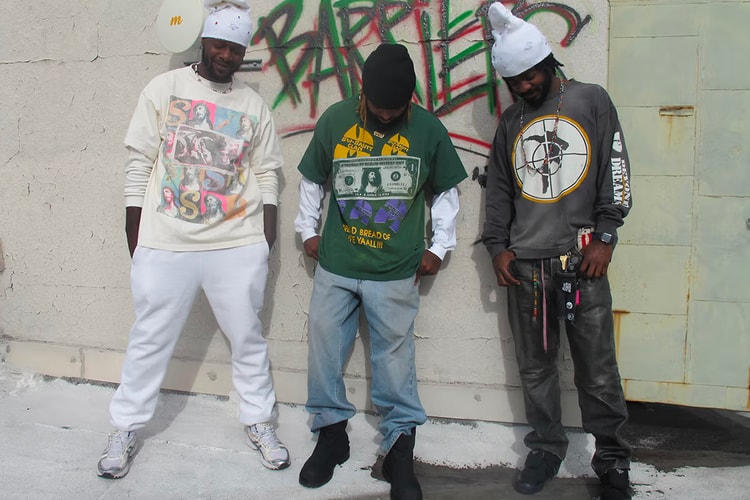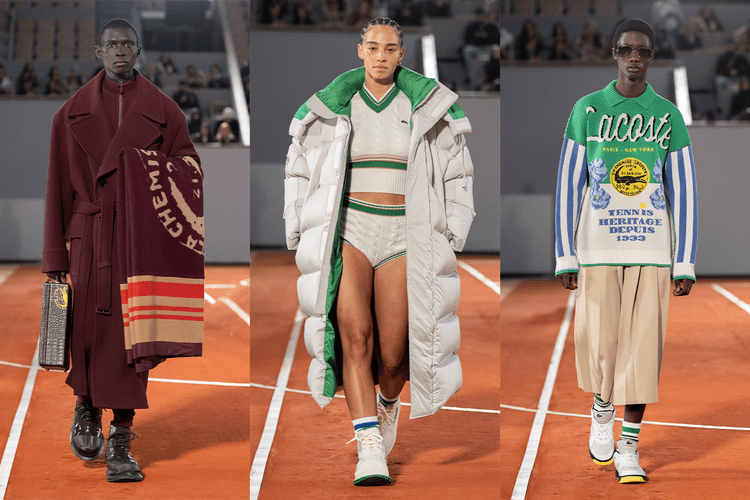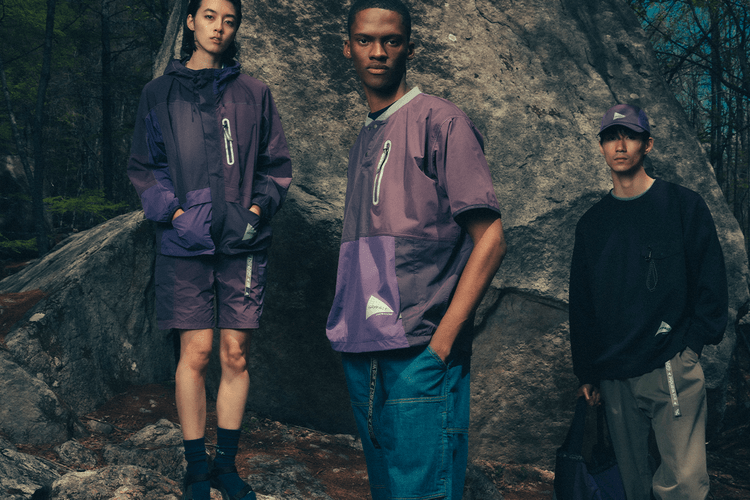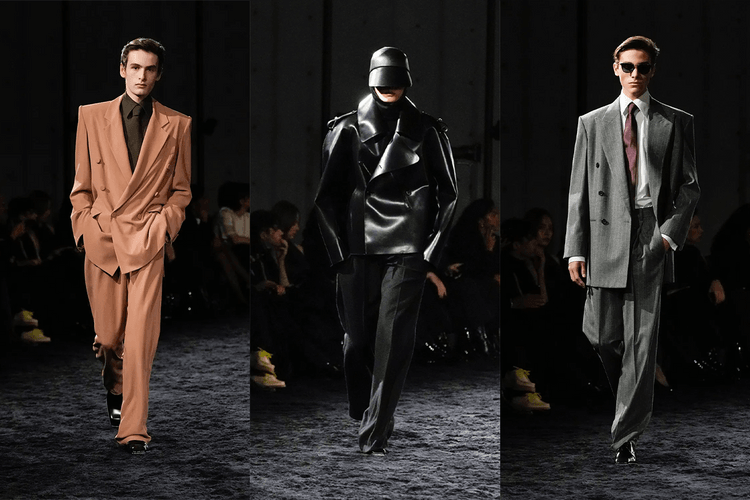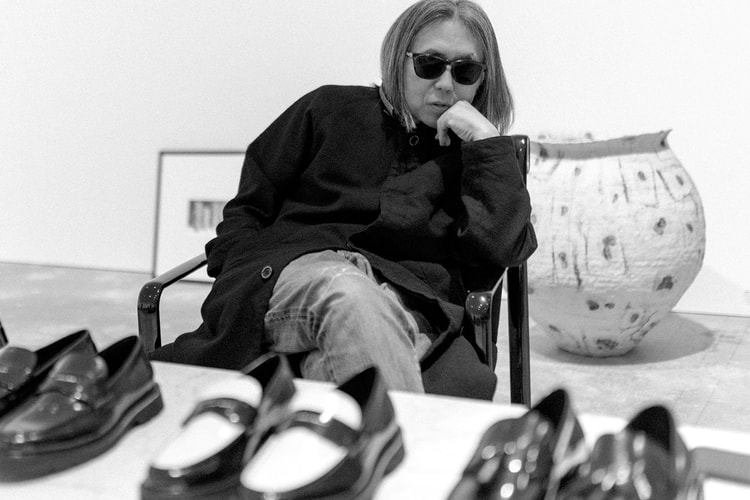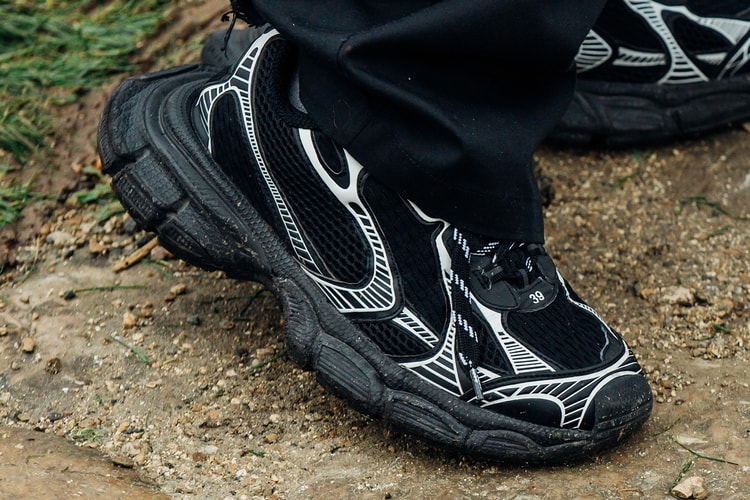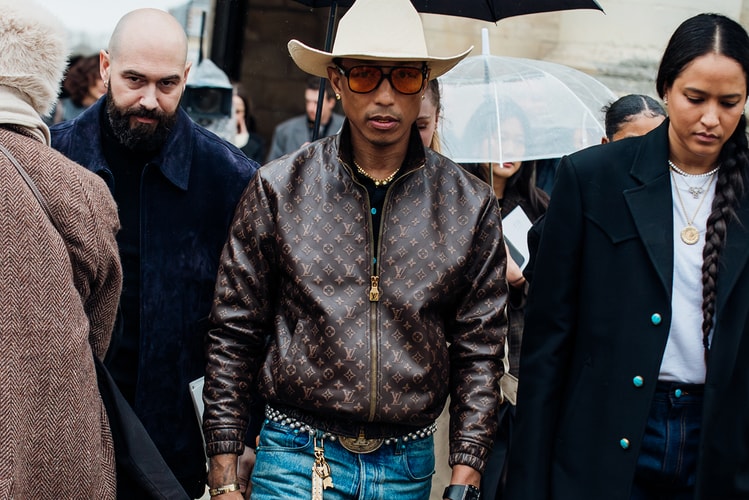Takachiho’s Mythic "Kagura” Captured by Photographer Jiro Konami
Hypebeast traveled to Takachiho in Miyazaki Prefecture, Japan, a spiritual epicenter for the country, with photographer Jiro Konami and fashion designer Masafumi Watanabe.




















Do you know about the “Takachiho Yokagura,” which has been designated as a National Important Intangible Folk Cultural Property of Japan? This time, Hypebeast went to Takachiho in Miyazaki Prefecture with photographer Jiro Konami and fashion designer Masafumi Watanabe. Not only the Yokagura, but we also captured the little-known appearance of the village of Japanese mythology, including Takachiho Gorge and Amanoiwato Shrine up to Amano Yasugawara. We hope you can view it through the eyes of an excited traveler.
In Japan, there’s an old saying: “Gods dwell in all things.” This belief encompasses everything in the universe, from the sun and moon to a single grain of rice. It suggests that by venerating these deities, known as the “myriad Gods (yaoyorozu no kami),” one can receive divine protection. In Japanese culture, it’s a concept that resonates with the essence of all things in the universe.
The land tied strongly to these myriad Gods and home to stories of Japan’s supreme deity, “Amaterasu Omikami,” is none other than Takachiho Town in Miyazaki Prefecture, and Hypebeast traveled there to see what it’s all about.
Takachiho Town, located at the northernmost tip of Miyazaki Prefecture in the Southern part of Japan, is a town of about 12,000 people. Known as a site related to Japanese mythology, it’s a power spot where culture and nature merge, featuring beautiful locations that seem straight out of mythological tales, such as Takachiho Gorge, formed by volcanic activity from Mount Aso, and Kunimigaoka, known for its sea of clouds.
Masafumi Watanabe, a fashion designer born and raised in Tokyo, shares his first impression of the town, “It’s a place where the Gods of Japan feel very close. Gods are enshrined everywhere, and the whole town cherishes the presence of these deities. It feels mystical, like a place that remains unchanged over time.” Alongside Watanabe, photographer Jiro Konami quietly captures the town’s monuments, masks inspired by the Gods, and its surreal landscapes.
About Yokagura
While Takachiho Town now attracts over 1.4 million tourists annually, it was once a very poor region where crops failed to grow due to persistent droughts before the Meiji era (from AD 1868 to 1912). That’s when the ritual of “Yokagura,” a plea for rain and bountiful harvests to the Gods, began.
Yokagura is a religious ceremony where each village invites its local deity to a “Kagura dwelling,” such as a private home, and performs thirty-three Kagura dances throughout the night. It originated as a way to express gratitude for the year’s harvest and pray for the abundance of grains and was established from the late Heian period (from AD 794 to 1185) to the Kamakura period (from AD 1185 to 1333), continuing mainly among priests until the end of the Edo period (from AD 1603 to 1868). Then, representatives from various villages in Takachiho began learning the dances of Kagura, and it was formalized by the farmers.
Watching Yokagura is often an entertaining activity — after the ritual ends, it’s common to hear applause and loud cheers. Some fans wave, eagerly ask for handshakes, or even chant loudly for the performers, similar to the vibe of a concert.
Since 1972, the “Takachiho Kagura,” a traditional performance, is shown every night from 20:00 to 21:00 at the Kaguraden Ritual Dance Hall of Takachiho Shrine, and has been localized to suit modern times. It is basically held every night, so if you ever travel to Miyazaki Prefecture, we highly recommend stopping by to watch this traditional performing art of Yokagura.
Reservations for the Takachiho Yokagura can be made from here
Takachiho Tourist Association’s Kagura Reservation Page
Japan Travel Guide
JNTO’s Global Website



